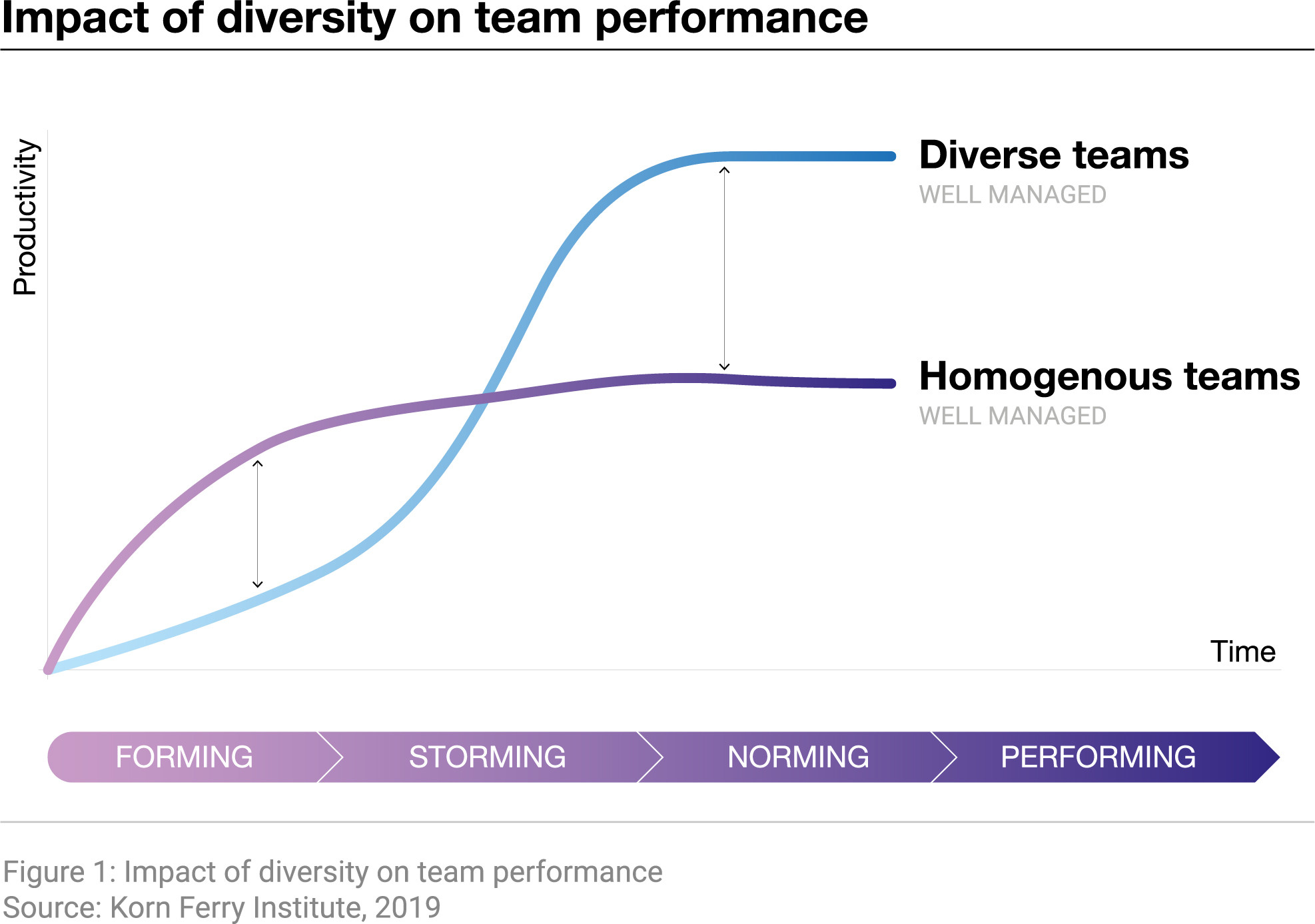10 ways American workers view their future economic opportunities

There are a range of equality issues in the U.S. recovery from COVID-19. Image: Unsplash/Christina @ wocintechchat.com

Get involved with our crowdsourced digital platform to deliver impact at scale
Stay up to date:
United States
Listen to the article
- Identity, childcare and financial instability are among the reported barriers to future prosperity.
- Black respondents were 4.5 times more likely than white respondents to say their race was a barrier to future job prospects.
- Access to healthcare, the affordability of health insurance, or both, were a barrier to wellbeing for a third of respondents.
Recovery from COVID-19 in the United States will be a story of unequal economic opportunity, according to a new survey of 25,000 American workers.
In its inaugural American Opportunity Survey, management consultancy McKinsey & Company asked workers in the United States about their current economic standing, and the barriers they face to a more inclusive and prosperous future.
Here is a summary of the poll’s 10 key insights.
1. American workers overall are not feeling optimistic
Fewer than half of all respondents are optimistic about access to economic opportunity. Asked whether most Americans had opportunities to find good jobs, 42% of all respondents agreed, falling to 36% among lower-income respondents.

2. Many Americans feel their identity unfairly affects their job prospects
Women, people of colour and gay, lesbian, and bisexual respondents were among those who believe this. As the chart below shows, black respondents, for example, were 4.5 times more likely than white respondents to say their race was a barrier to future job prospects. Women were more than twice as likely as men to say their gender negatively affected their access to opportunity. Gay, lesbian, and bisexual respondents were four times more likely than straight respondents to say their sexual orientation negatively affected their job prospects.

3. Immigrants and people of colour were relatively optimistic in outlook
Of all survey participants, first and second generation immigrants and workers of colour had some of the most optimistic views about economic opportunity. Black and Hispanic/Latino respondents, for example, were 60% more likely than white respondents to say that they expect more economic opportunities in the coming year. “This comes despite the stark economic disadvantages that immigrants and people of colour reported facing,” McKinsey says.

4. Half of Americans say they’re on the financial brink
Financial instability and housing instability are key concerns. Thirty-seven percent of those surveyed said they could only cover their living expenses for two months or less if they lost their job. Twenty-six percent of respondents say their living situation is less secure now than it was 12 months ago, and 18% are worried about losing their housing.

5. COVID-19 has worsened existing inequalities
Women were among the most likely to report job losses, falls in income, savings, overall wealth, and well]being over the past 12 months. Workers with lower incomes; people of colour; gay, lesbian and bisexual respondents and people being treated for mental health-related conditions all reported greater declines in wellbeing and financial health than other respondents.
What's the World Economic Forum doing about diversity, equity and inclusion?

6. Healthcare access is challenging for many people
A third of respondents cited access to healthcare, the affordability of health insurance, or both as among the top three barriers to their wellbeing. Women and people of colour reported the most significant barriers, ranging from access to nutritious foods, mental-health treatment, and access to financial services.

7. Access to childcare is a critical barrier, especially for women
Having to take care of family was the third most cited barrier to searching for a job, picked by 18% of women and 16% of men. In those who had stopped looking for work, women were twice as likely than men to give this as a reason. Sixteen percent of the US workforce—26.8 million people—are dependent on childcare to work, according to McKinsey research. This has been a major concern for parents during the pandemic.

8. Rural Americans risk being left behind
People living in rural areas face “unique headwinds”, McKinsey says. About 60 million people – roughly one in five Americans – live in rural areas. Rural respondents were less willing than urban ones to say that they would move for work (22% versus 38%), switch industries (44% versus 52%), or change occupations (47% versus 52%).

9. Contract, freelance, and temporary workers would overwhelmingly prefer permanent employment
Sixty-two percent of contract, freelance, and temporary workers said they would prefer to work as permanent employees. This mirrors previous McKinsey research showing only about 30% of workers actively choose gig work as their full-time job. “A higher proportion of Black and Hispanic/Latino respondents, first- and second-generation immigrants, and those with less than a high-school education were gig workers, compared with the overall average of all respondents in our survey,” McKinsey said.

10. American workers are keen to train – but cost is a barrier for many
More than four in 10 Americans in the survey said they were either enrolled in training, interested in pursuing it, or both. But 55% of those reporting interest in pursuing training, education, or credentialing programs said the cost of education, access to financial support, or opportunity cost of lost wages were likely barriers to completing potential training.
To address the issues raised in the 10 insights, McKinsey has set out a number of interventions that could have the most impact. These include addressing issues that disproportionately affect women, like access to childcare; improving racial equity and addressing concerns about the affordability of education.

Creating an inclusive economy for the future
Many of the findings in the McKinsey survey reflect those of the World Economic Forum’s Future of Jobs Report, 2020. It also finds “the pandemic and the subsequent recession have impacted most those communities which were already at a disadvantage”. The recovery from the pandemic will happen at a time when automation is putting more pressure on jobs.
The Future of Jobs report concludes: “As the frontier between the work tasks performed by humans and those performed by machines and algorithms shifts, we have a short window of opportunity to ensure that these transformations lead to a new age of good work, good jobs and improved quality of life for all. In the midst of the pandemic recession, this window is closing fast. Businesses, governments and workers must plan to work together to implement a new vision for the global workforce.”
Don't miss any update on this topic
Create a free account and access your personalized content collection with our latest publications and analyses.
License and Republishing
World Economic Forum articles may be republished in accordance with the Creative Commons Attribution-NonCommercial-NoDerivatives 4.0 International Public License, and in accordance with our Terms of Use.
The views expressed in this article are those of the author alone and not the World Economic Forum.
The Agenda Weekly
A weekly update of the most important issues driving the global agenda
You can unsubscribe at any time using the link in our emails. For more details, review our privacy policy.
More on Jobs and the Future of WorkSee all
Roman Vakulchuk
April 24, 2024
Eli Joseph
April 19, 2024
Kate Whiting
April 17, 2024
Juliana Guaqueta Ospina
April 11, 2024
Victoria Masterson
April 9, 2024









